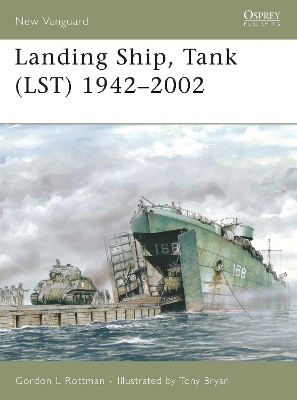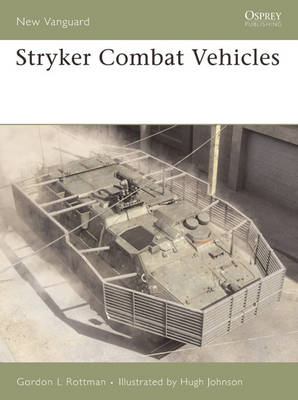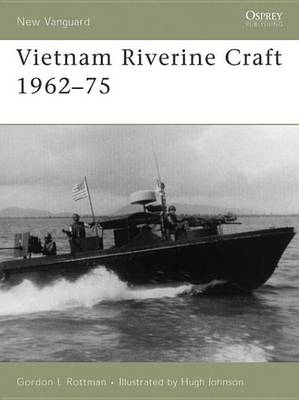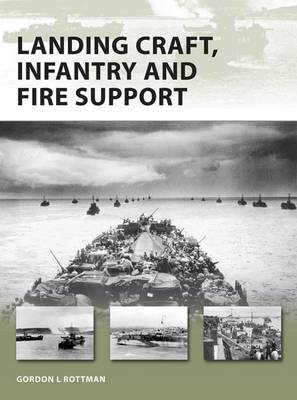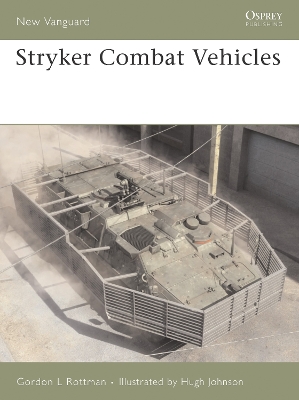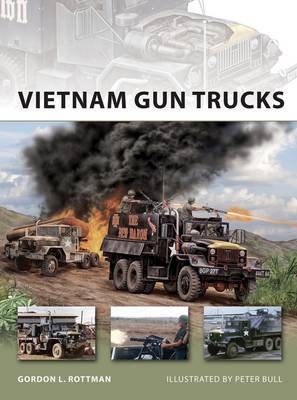New Vanguard
4 primary works • 6 total works
Book 115
The Landing Ship Tank (LST) is one of the most famous of the many World War II amphibious warfare ships. Capable of discharging its cargo directly on to shore and extracting itself, the LST provided the backbone of all Allied landings between 1943 and 1945, notably during the D-Day invasion. Through its history, the LST saw service from late 1942 until late 2002, when the US Navy decommissioned the USS Frederick (LST-1184), the last ship of its type. This book reveals the development and use of the LST, including its excellence beyond its initial design expectations.
Book 121
The eight-wheeled (8x8) Stryker combat light armored vehicle was adopted by the US Army in 2002 to provide a comparatively rapidly deployable contingency force with armor protection, tactical mobility and heavy firepower, as well as advanced command, control communications, computer, intelligence, surveillance, and reconnaissance (C4ISR) capabilities. Covering the first new US Army release since the M1 Abrams MBT, this book details the conception, ongoing development and deployment of one of the most highly anticipated new AFVs in recent years, including its service in Iraq and the ensuing controversy surrounding the Stryker's varying successes.
Book 128
In 1965 the military situation in the Mekong River Delta of southern Vietnam had deteriorated to such a degree that the decision was made to commit a joint US Army and Navy Mobile Riverine Force to the area. This force was unique in its composition, mission, and the means by which it operated - riverine craft. Comprising the Army's 2d Brigade, 9th Infantry Division, and the Navy's River Assault Flotilla One, it used a variety of watercraft, including heavily modified landing craft, purpose-built patrol boats, and a whole host of auxiliary and support craft. This book explores those craft, and also gives an account of Task Force Clearwater, a much smaller operation in the extreme northern part of South Vietnam.
Book 157
Described by one soldier as a metal box designed by a sadist to move soldiers across the water, the Landing Craft, Infantry was a large beaching craft intended to deliver an infantry company to a hostile shore, once the beachhead was secured. The LCI and its vehicle-delivery counterpart, the Landing Ship, Medium were widely used by the allies during World War II. Later, the hulls of these ships were used as the basis for a fire support ship. While the landing ships were phased out after the Korean War, some fire support craft remained in use throughout the Vietnam War.
While Vietnam is usually perceived as an infantry war, with US forces deploying by helicopter, the long supply lines that led to their inland bases had to be traveled by ground vehicles. The 8th and 48th Transportation Groups were responsible for hauling supplies through the long, dangerous roads of Vietnam, and they often found themselves the target of ambushes, attacks, and sniping. In response to this, vehicle crews began to arm trucks with machine guns and armour them with sandbags. While these proved less than ideal, the concept was considered valid, and more and more "gun trucks" appeared, sporting heavier weapons and armor. Written by a Vietnam veteran, this book traces the development of these gun trucks from the jury-rigged originals to the powerful armoured vehicles that appeared later in the war.
